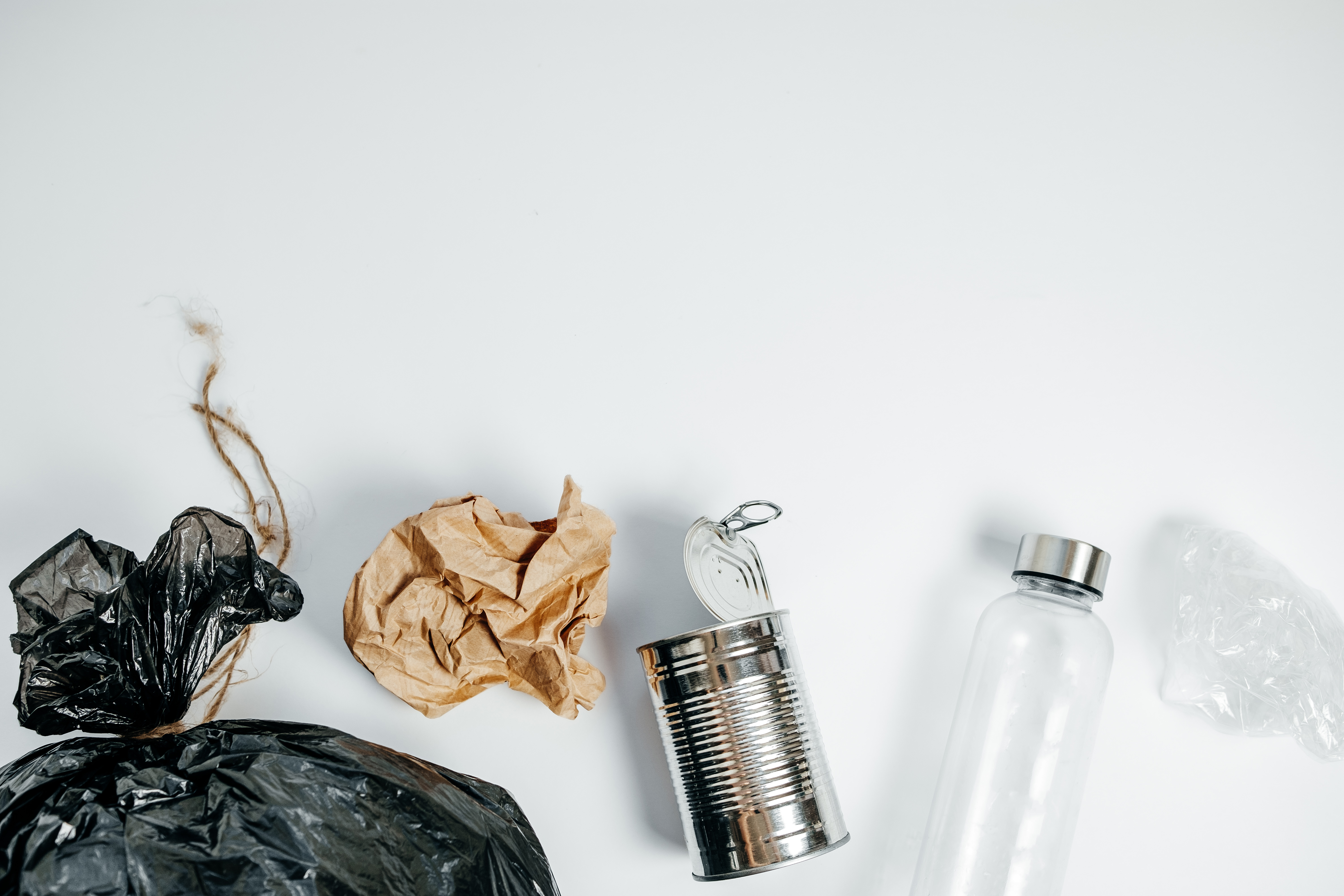The success of a Circular Materials Economy will rest on diligence and optimum leadership, writes Mike Swain

Mike Swain
Managing Director
Pack IDS Ltd
The new Circular Materials Economy (CME) has many foundations. The environmental imperative of managing our resources better, the responsibility to our oceans and food sources and our enduring legacy for the generations to come, to name but a few. There is, however, a new waste economy growing out of the mapping of this local and global initiative. It will be different to the past, though it will carry some of the risks of its predecessors.
Der Gruene Punkt, DSD and the like have been operating across Europe, funding packaging material recovery through industry. Its widespread adoption has demonstrated how a principle can transcend national borders and galvanise change. It has facilitated the advent of the new circular materials principles, though these principles will need to advance significantly to be ultimately successful.
In the UK, Packaging Recovery Notes (PRN) were introduced to recover some value from packaging sold, intending to fund recovery and recycling infrastructure. The recent press has uncovered how, through loopholes and somewhat selfish attitudes, unscrupulous operators can and have profited from dishonest practices. It also highlighted how little has been spent on recovery and recycling infrastructure, which will now have to be addressed – and quickly – to build a truly circular materials economy.
Looking into both the scale of this change and the mechanisms needed to introduce the CME, the carrot and the stick, one principle is the necessity to artificially inflate the value of the waste stream to stimulate the growth of this underdeveloped element of the circular model. Practical initiatives like widespread Deposit Return Systems (DRS) will aid this significantly, the necessity for big data and transparency is becoming clearer and the need for connective systems is more evident. Each element of the CME is continually dependent on the effectiveness of the previous element, increasingly so the reclamation and reprocessing of Post Consumer Recyclate (PCR). The consequences of any diversion from a complete circular system will be much more significant and widespread, as the alignment and interdependency of these global systems increase. Controlled by governments, the brunt of the cost will be borne by packaging manufacturers.

The current leaders in the waste collection and reclamation sector are gearing up. Packaging manufacturers must support them and ensure integrity is maintained as the sector grows and new, unknown players enter. The threat of underhand practices is very real, history has shown us that.
The impact of this subsidised waste economy on FMCG businesses globally will be significant and will affect operating models and sourcing. We must be diligent in how we approach this across the industry and we must demonstrate a level of ownership and leadership not evident in the past. This will ensure the materials returned to use are truly valuable and stay that way.
I can imagine a type of global waste stewardship certificate, similar in principle to the forest stewardship chain of custody, that can certify the ‘value’ of the PCR via its sourcing, processing and management.
I would ask that, as an industry, we talk more openly now about these salient points and move this narrative on with urgency and diligence. The time is now to ensure we are diligent in our approach, hold those responsible to account and at least prevent bad practices diluting the value of a truly effective Circular Materials Economy. Let us take the opportunity now and make it work, not waste it.




